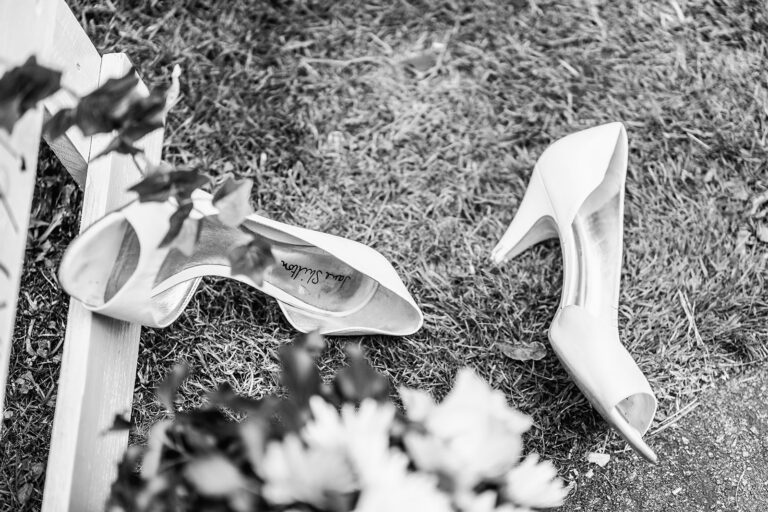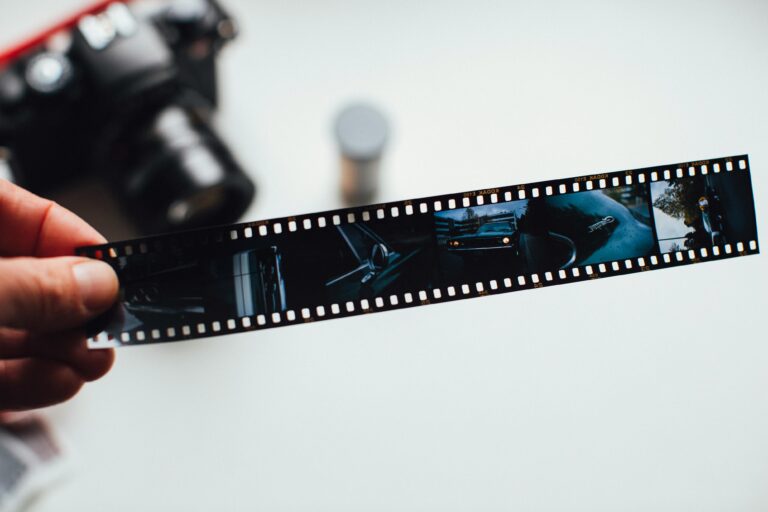Black and white photography has an undeniable charm. It strips away the distraction of colour and focuses on light, contrast, texture, and composition. Whether you’re capturing dramatic landscapes, emotive portraits, or high-contrast street photography, monochrome imagery has the power to tell stories in a way that colour sometimes cannot. But when should you choose to shoot in black and white, and how can you make your monochrome images stand out?
With digital photography making it easier than ever to convert colour images to black and white, it’s important to understand what makes a strong monochrome photograph from the start. The art of black and white photography isn’t just about desaturating an image—it’s about seeing in tones, understanding contrast, and knowing how to manipulate shadows and highlights to create mood and impact.
In this guide, we’ll explore when and why to shoot in black and white, how to enhance contrast and texture for stronger compositions, and the best post-processing techniques for creating striking black and white photographs. Plus, if you’re looking to print your work, we’ll discuss the importance of using high-quality PermaJet fine art papers for a professional finish. As a PermaJet affiliate, I can offer you 10% off all PermaJet paper when you use the code CHRISH10 at checkout.
When and Why to Shoot in Black and White
Not every image works in black and white, but when used effectively, it can elevate a photo to something more timeless and artistic. There are several reasons why photographers choose monochrome over colour:
Emphasizing Light and Shadow
One of the greatest strengths of black and white photography is its ability to enhance the play of light and shadow. Without colour, the viewer’s attention is drawn to contrast and tonal variation. This makes it an excellent choice for dramatic landscapes, street scenes with strong light sources, and moody portraits.
Focusing on Texture and Detail
Texture can get lost in colour images, but in black and white, it takes centre stage. The roughness of tree bark, the wrinkles in a weathered face, or the architectural details of an old building all become more pronounced in monochrome.
Removing Distractions
Sometimes, colour can be distracting. A bright background or clashing tones can take away from the subject of your image. Black and white simplifies the scene, directing focus where it matters most.
Creating Timeless and Classic Images
There’s something inherently timeless about black and white photography. It removes clues about era and time period, giving images a classic and nostalgic feel. This is especially powerful in portraiture and documentary photography.
Enhancing Mood and Emotion
Black and white photography is often associated with deep emotion. Whether it’s the melancholic feel of a lone figure walking in the rain or the intensity of a close-up portrait, monochrome images can evoke strong emotional responses.
How to Enhance Contrast and Texture for Stronger Black and White Photos
A successful black and white photograph relies heavily on contrast and texture. Without colour to differentiate subjects, tonal differences become key.
Look for Strong Contrast
High contrast scenes make for the most compelling black and white images. This could be bright highlights against deep shadows, silhouettes, or even dramatic clouds in a stormy sky.
Shoot in RAW
Shooting in RAW gives you much more control over tonal adjustments in post-processing. It retains detail in shadows and highlights that might otherwise be lost in a compressed JPEG.
Use Side Lighting for Depth
Side lighting enhances texture and depth by creating strong highlights and shadows. This works especially well for portraits, architectural shots, and still life photography.
Experiment with Filters
If you’re shooting with a DSLR or mirrorless camera, consider using colour filters when converting to black and white. Red filters, for example, deepen blue skies and add drama to landscapes, while yellow filters soften skin tones in portraiture.
Increase Clarity and Sharpness
Black and white images often benefit from extra clarity and sharpening. Enhancing these elements brings out the fine details in textures and makes the image more striking.
Post-Processing Techniques for Impactful Monochrome Photos
Editing is crucial for creating powerful black and white images. A flat grayscale conversion won’t do your photos justice—adjustments in contrast, dodging and burning, and selective sharpening will bring your images to life.
Convert Thoughtfully
Rather than simply desaturating an image, use dedicated black and white conversion tools in Adobe Lightroom or Photoshop. These allow you to adjust individual colour channels for better control over contrast and tonal balance.
Adjust Highlights and Shadows
Black and white photography thrives on well-balanced highlights and shadows. Adjusting these in Lightroom or Photoshop can create deeper contrast and stronger visual impact.
Use Dodge and Burn
Dodging (lightening) and burning (darkening) specific areas of an image can add depth and guide the viewer’s eye to the subject. This technique is particularly useful in portraiture to enhance facial features.
Add Grain for a Filmic Look
A subtle grain effect can add depth and texture, making your digital images resemble classic film photography. Lightroom’s Grain tool is perfect for this.
Sharpen Key Details
A bit of extra sharpening helps define edges and textures, making the photo appear more crisp and refined.
Printing Your Black and White Photographs
Printing black and white images requires high-quality paper to retain contrast and depth. PermaJet offers some of the best papers for black and white photography, ensuring that your prints maintain rich tones and a professional finish.
Recommended PermaJet Papers for Black and White Prints
- PermaJet FB Gold Silk 315 – A baryta paper with exceptional tonal range, perfect for deep blacks and smooth gradients.
- PermaJet Portrait Rag 285 – Ideal for black and white portrait prints, offering a beautiful matte finish with excellent detail retention.
- PermaJet Museum Heritage 310 – A great choice for fine art black and white photography, adding texture and richness to images.
Get 10% Off PermaJet Papers
As a PermaJet affiliate, I can offer you 10% off all PermaJet paper when you use the discount code CHRISH10 at checkout. If you’re serious about printing, investing in the right paper can make all the difference.
SEO Keywords
- Black and white photography tips
- How to shoot in black and white
- Best post-processing for black and white photos
- Monochrome photography techniques
- Black and white photography contrast
- Best paper for black and white prints
- PermaJet fine art paper discount
- Artistic black and white photography
- How to print black and white photos professionally
- PermaJet paper review





